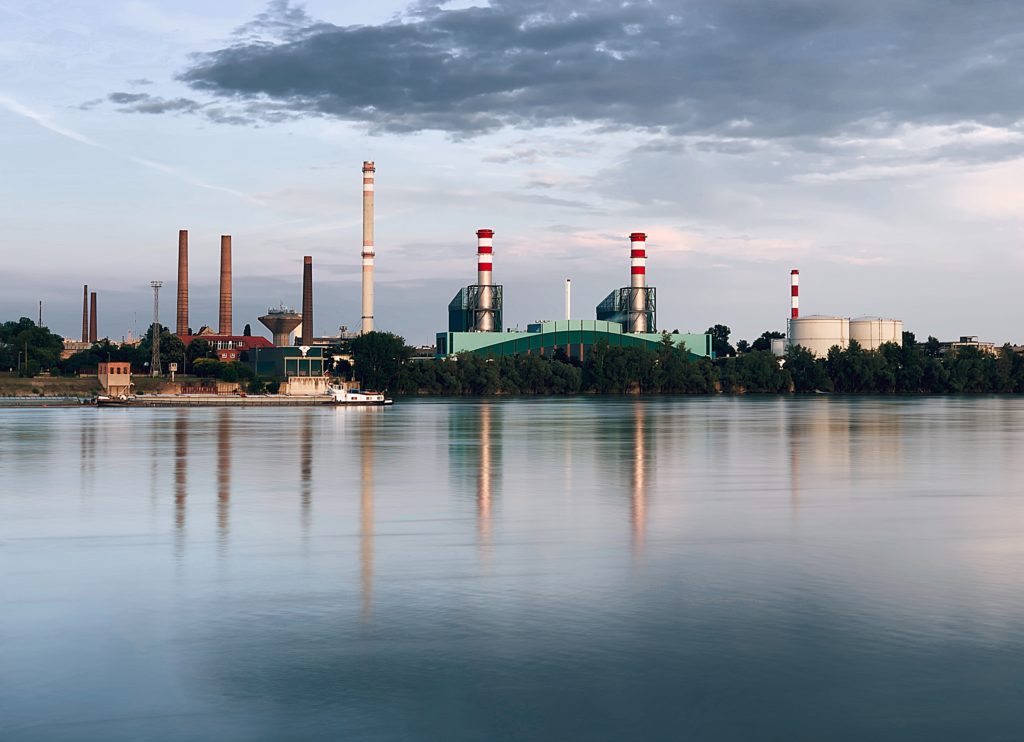Located in Central Europe, Hungary is a landlocked country bordering Slovakia, Slovenia, Ukraine, Romania, Serbia, Croatia, and Austria. Hungary is a member of the Organization of Economic Cooperation & Development (OECD) and ranks as the 57th largest economy in the world.
The economy of Hungary is complex, yet attracts very large Foreign Direct Investment (FDI), which back in 2015 was estimated to be upwards of $119 billion. In the same year, Hungary’s exports soared to $100 billion, and the annual output crossed the $200 billion mark!

The country ranks as one of the highest in the human development index and offers a skilled labor force. Hungary’s investments abroad are nearly $50 billion. The unemployment rate which was 11% in 2008-2009 has gone down in the last five years and moved around 3-4%.
Germany, France, Italy, Austria, Poland, and the Czech Republic are the country’s key trading partners. The major industries of Hungary include electronics, Information Technology, machinery, pharmaceuticals, auto-car manufacturing, and tourism. It is noteworthy that despite being a heavily industrialized country, the sights and sounds attract millions of tourists every year from around the world.
Due to its strategic location at the heart of Europe, Hungary offers access to a large consumer base of nearly 500 million people. Though there are some challenges faced by foreign companies, the benefits and economic opportunities for small and large companies alike, are overwhelming.
Economic overview
It is common knowledge that every business, big or small, requires a financially healthy customer base. The deeper the pockets of the target market, the more the chances for businesses to thrive. To gauge the economy at a macro level, economists and financial institutions apply various indicators. While there are many scientific methods to calculate the well-being and buying power of a nation, some very fundamental ones are the Purchasing Power Parity (PPP) Gross Domestic Product (GDP) growth rate, Unemployment rate, inflation rate, and the Government Debt per capita.
As of 2021, Hungary ranks 45th among the world nations in terms of PPP, which is USD 33,000 annually. It may seem that Hungary has a law rank at first, but we should pay attention to the fact that 194 countries are included in the list, and Hungary still beats Turkey, Oman, China, Malaysia, and many other developed countries.
The GDP growth rate of Hungary is 17.9%, the unemployment rate moves between 3.5-4%, the inflation rate is placed at 5%, and the Government Debt per capita is between USD 7,000-9,000.
Small & medium business opportunities
The indicators mentioned previously, point toward a healthy economy. Wealthy consumers and a stable economic system in place make Hungary a good country for investing.
Investors with mid and small-sized investments may engage in businesses like a car wash, textile & garments manufacturing, technical support & repairs for IT & cellular equipment, travel & tourism services, beauty salon, fruit processing, catering services, financial services, eatery, recycling business, building maintenance, auto car repairs, home appliances sales/purchase, etc.
Imports & exports of Hungary
Among the major imports of Hungary are machines, fuel, and electricity. A whopping 76% of these imports come from European Union countries, while Hungary has strong trade ties with China and Russia too. In 2019 alone, the country imported goods worth $115B and ranked 34th among the trade destinations of the world.
Another astonishing fact about Hungary’s imports horizon is that during the last five years the imports have risen from $12B to $103B; a 10 time raise! (Period taken between 2014 to 2019). This rapid and exponential change is directly proportional to the PPP, as discussed earlier.
Exports: another pillar of a nation’s economy that supports the macro indicators stood at $121B as of 2019, giving birth to a very healthy economic phenomenon known as trade surplus. Meaning that the exports are more than the country’s imports.
A trade surplus occurs due to various reasons. Primarily the government’s policies and local manufacturing must be in synchronization, more than anything else.
Manufacturing sector

Industry Outlook
Hungary is the most industrialized country in entire Europe. Machines and engines manufacturing lead the manufacturing industry of the country. Cars, auto parts, ignition engines, and electronic video display units (LEDs, LCDs, etc.) are among the major manufacturing and export items.
Various Manufacturers
The automotive industry employs around 100,000 people and has a 21% share of the net exports of Hungary. Another successful industry is pharmaceutical manufacturing. Hungary has a century of business knowledge in the field of pharmaceuticals and medicine. Hungary exports its pharmaceutical products to Central and Eastern Europe, Balkan States, and Asia. Employing 15,000 people the pharma sector adds a handsome $3.8B to its export figures. A tall 22% of the total manufacturing is added by the electronic sector. Within the Central & Eastern Europe region, Hungary is the largest electronics producer that employs 112,000 workforces! Electronic products range from cell phones to network towers and key components for various high-tech equipment.


